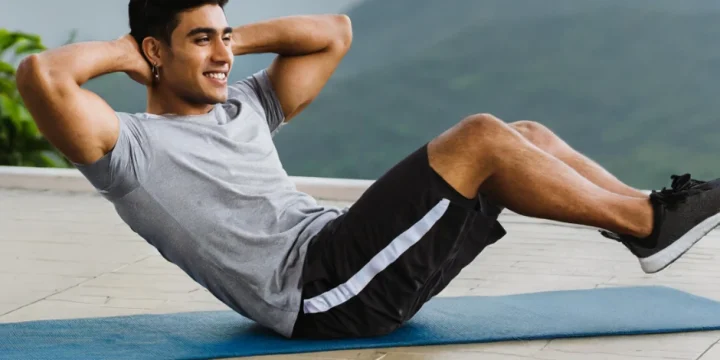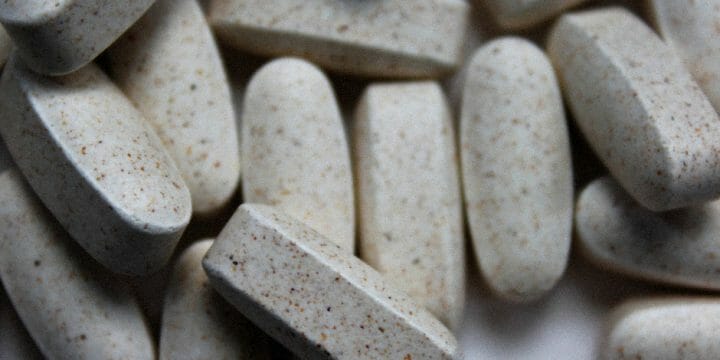As a fitness trainer, I’m often asked whether it is good to do cardio before or after they work out.
Working closely with my fitness coach colleague, I spent hundreds of hours researching to get the information and give them a more accurate answer.
Keep on reading to know the best time to do your cardio.
Quick Summary
- Cardio can be performed before or after weights, depending on your fitness goals and what you intend to achieve at the end.
- The benefits of cardio fast range from improved blood flow, reduced chances of getting an injury and increasing an individual's metabolic rate.
- A 2013 study from The Journal of Strength and Conditioning found that a low-intensity warm-up can increase lifting capacity in strength training.
- In my opinion, your fitness goals should guide your choice between cardio and weight training.
Cardio Before or After Weight-Lifting Workouts?
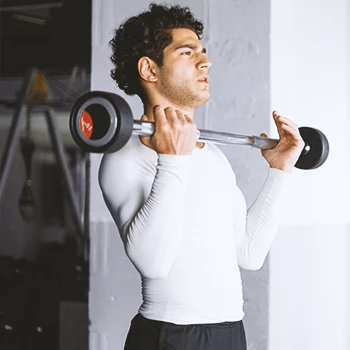
If you don’t have particular fitness goals and want to improve your fitness level, it's important to balance aerobic exercise and strength training so you don't overload the same muscles and tendons.
According to the American College of Sports Medicine, concentrating on the same muscle fibers throughout back-to-back intense cardio and strength training does not allow for appropriate recovery [1].
I used to find myself exhausted and performing poorly when combining cardio and resistance training and sometimes ended up with torn muscles.
You should always keep in mind the type of workout you are performing, for instance, intense weight lifting, before you decide whether to do cardio or weights first.
"Endless cardio will not help you grow muscle if you have a strength workout objective."
- Christine Torde, Certified Fitness Trainer & Coach
You can do cardio and weight training on the same day or session, but perform low-intensity cardio to avoid injuries.
Doing Cardio Before Weights

If you're preparing for a long-distance endurance race, like a triathlon, you should prioritize your aerobic workouts and concentrate on them before hitting the weights.
And if you're not aiming for a particular cardio objective, fitting in some aerobic before strength exercises can be useful — especially as a warm-up.
Doing 10 minutes of gentle, steady state cardio before any significant exertion or exercise prepares the body for a workout session or performance.
I tend to keep it low-intensity whenever I have a particular strength-related objective, like deadlifting a precise weight range or mastering a certain form.
I avoid HIIT exercise and go for steady state cardio to reduce the chance of tiredness interfering with my strength training.
A 2013 research from The Journal of Strength and Conditioning found that when athletes conducted a low-intensity warm-up for 15 minutes, they were capable of lifting more load in a 1-rep maximum exercise on the leg hydraulic press compared to those who did not warm-up, warmed for 5 minutes, or warmed for a certain length of time [2].
Lifting Weights Before Cardio
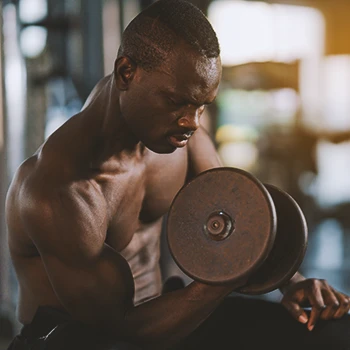
Lifting weights should come first if you want to develop your endurance, lift heavier, or gain muscle.
In my experience, wrapping up my gym session with some aerobic activity, like a steady bike ride, helps me cool down and ensures I don't overexert my body.
You'll be able to execute more repetitions with perfection while feeling less exhausted, which is vital for safe and effective resistance training.
Cardio exercise following strength training may provide an added advantage.
Muscle tissue stores glycogen, which is used to power muscle contractions.
The Best Type of Cardio to Combine with Weights
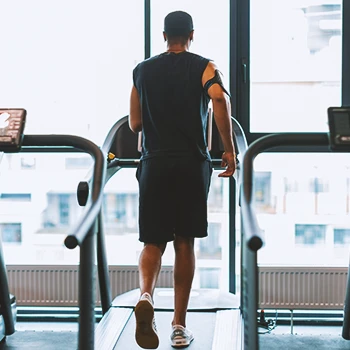
Weight training is an anaerobic activity consisting of brief periods of high-intensity exertion powered by glucose rather than oxygen.
Low-intensity cardio (driven by oxygen intake) is the greatest way to combine cardio and weight lifting in the same workout session.
Swimming, using treadmill machines, rowing, walking, running, or cycling are all forms of low-intensity aerobic activities.
It's critical to offer your body diversity; sticking to the same cardio and strength training routine can lead to muscle and joint weariness and overuse disorders.
Benefits of Doing Cardio First

Here are the benefits of prioritizing cardio:
- Cardiovascular exercise raises your heart rate and improves blood flow all through your system. These elements aid the body in warming up and preparing for tougher exercise.
- You have to warm up your muscles to reduce the chance of injuries during strength workouts, which is why a fast cardio workout routine is recommended beforehand.
- If you aim to log some kilometers or prepare for a race, performing cardio can help you get higher running numbers since you won't feel sore or weary from lifting.
- By increasing your metabolism before lifting weights, you will burn more calories during your exercise sessions, leading to weight loss.
According to a 2021 study by the National Institutes of Health (NIH), performing cardio before lifting weights may lead to muscle building and make you lose weight [3].
Benefits of Doing Weights First
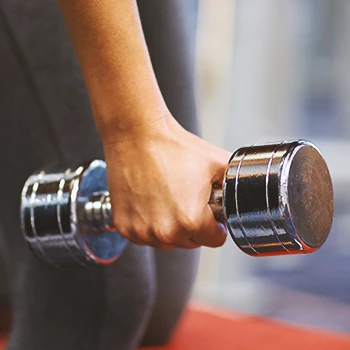
Personally, when I start with weightlifting, I feel more energized and can push harder in my sets, which is crucial for my muscle-building goals.
You may hit your sets and reps with greater force and intensity than if you had previously done a run, kickboxing, or HIIT session.
This is essential if muscle gain is your primary aim.
After you've completed all of the hard lifts, you may finish your exercise with a light cardio session, such as a slow jog or an aerobic-based cooldown.
FAQs
Will 30 Minutes of Cardio Burn Muscles?
No, 30 minutes of cardio will not burn muscles if you do enough weight training and supplement your workout with a nutritious diet.
Does Cardio after Weights Burn Fat?
Yes. Doing cardio after weights burns body fat during the first fifteen minutes of that cardio workout.
How Long Should I Wait to Do Cardio After Lifting Weights?
You should wait around six hours to do cardio after lifting weights.
Should I Do More Cardio or Weights to Lose Belly Fat?
You should do more cardio than weights to lose belly fat. Cardio targets the waistline more than lifting weights.
Is Cardio Killing My Gains?
No, cardio is not killing your gains. If you do it incorrectly, it will slow down your muscle growth.
References:
- https://journals.lww.com/acsm-healthfitness/Fulltext/2014/01000/
- https://journals.lww.com/nsca-jscr/Fulltext/2013/04000/
- https://pubmed.ncbi.nlm.nih.gov/33742064/
About The Author
You May Also Like
